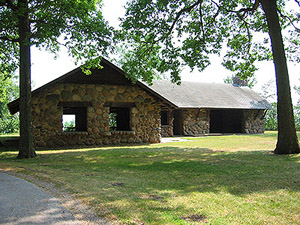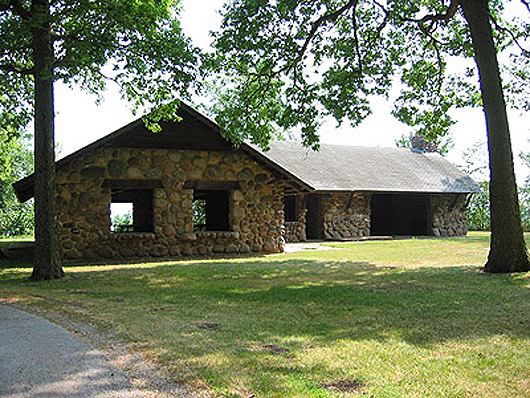
SPIRIT LAKE, Iowa (AP) – Plans for an archaeological dig have been delayed at the Mini-Wakan State Park on Spirit Lake due to a hefty price tag.
Officials just finished rehabbing the park’s lodge and plan to put in a parking lot next fall. However, surveys by the Office of the State Archaeologist suggest the site for the lot might hold well-preserved remnants of prehistoric villages.
A dig could unearth information about life in Iowa more than 2,000 years ago: what people ate, whether they cultivated crops and what their homes were like. But the roughly $240,000 bill led Iowa Department of Natural Resources officials to put plans on hold.
The site dates back to the Woodland Period and spans from 800 B.C. to 1000 A.D.
“It’s the late end of the prehistoric period. We start to see people who are gardening and staying put longer. We see ceramic vessels for the first time. It’s a dynamic period with a lot of changes going on,” said Melody Pope, of the Office of the State Archaeologist.
Although sites from the period have been found in Minnesota, Pope said, a well-preserved site in Iowa is rare.
“This site is almost pristine. The kinds of information that you can get from that sort of site, maybe finding remnants of houses or work areas, would help fill the gaps in our history,” she said.
State officials found the previously unrecorded site during routine surveys that are required every time there is major construction on state property.
Officials dug small holes into the earth throughout the proposed construction site and came up with shards of pottery and carbonized plant materials, even pieces of animal bone, indicating the site once held significant populations, Pope said.
That opened the door for a small dig at the site to recover materials and information.
Plans were on to start the dig in September, but were delayed when the estimated price tag came in at nearly a quarter million dollars.
“That kind of put us back on our heels a little bit. Typically, we would simply build around the site, but the park is so small that all of the options risk damaging the archaeological site,” said Kevin Szcodronski, chief of the Iowa Department of Natural Resources State Parks Bureau.
He said the dig might still take place in the spring or summer.
While a few other sites from the period have been studied, Dan Higginbottom, an archaeologist with the State Historic Preservation Office, said those digs were all in the ’70s and ’80s. Much more can be revealed with today’s technology.
“We have made great advances in genetics and understanding DNA sequences. We can’t say for certain right now who the Woodland People were or who they are connected to ancestrally, but in the future that may be a possibility,” he said.
___
Information from: Sioux City Journal, http://www.siouxcityjournal.com
# # #
ADDITIONAL IMAGE OF NOTE


